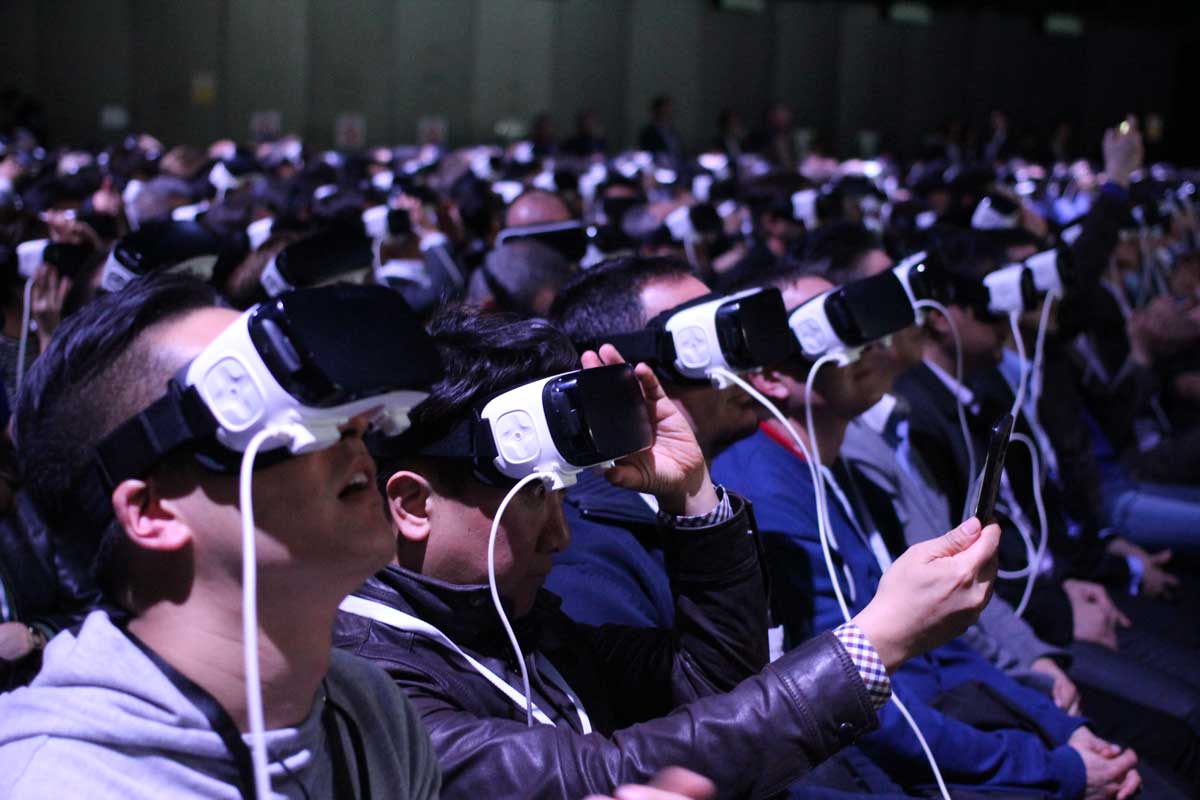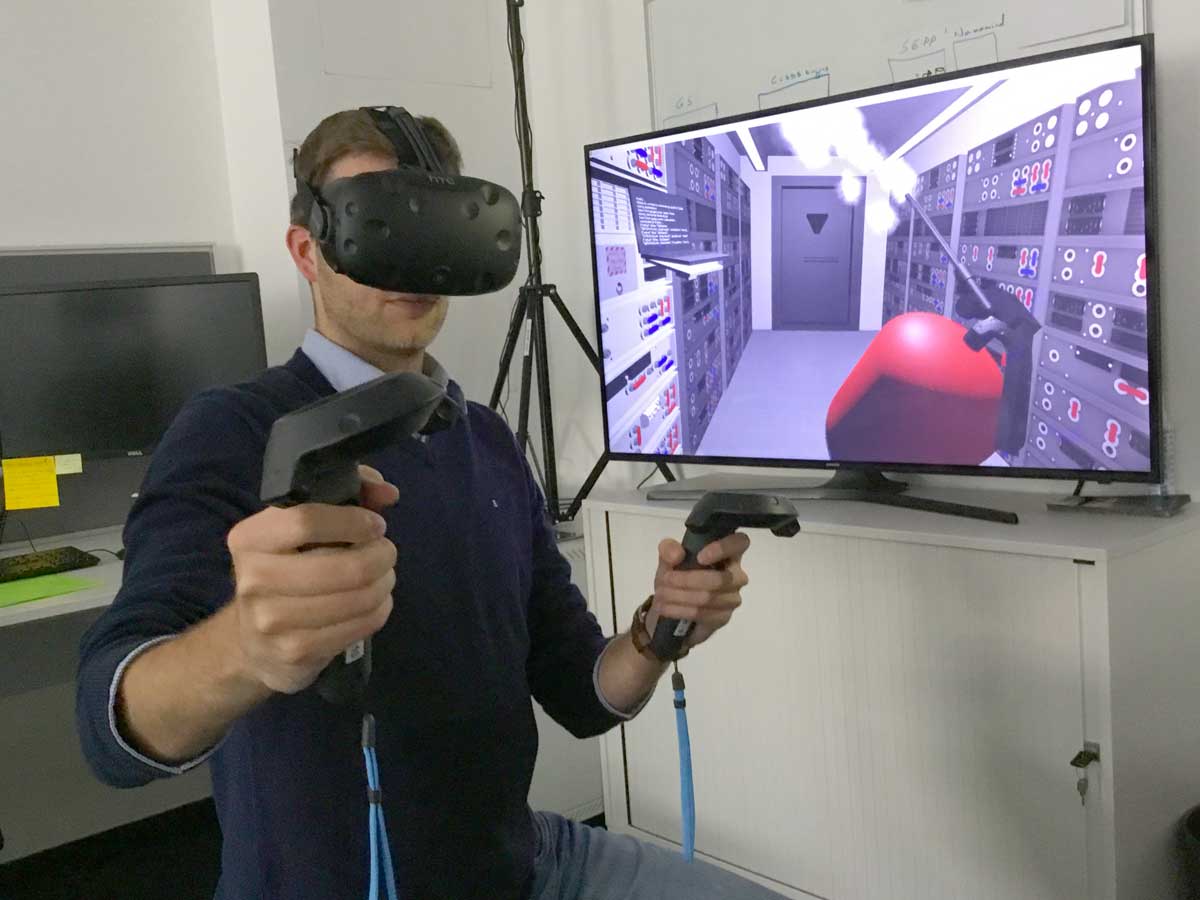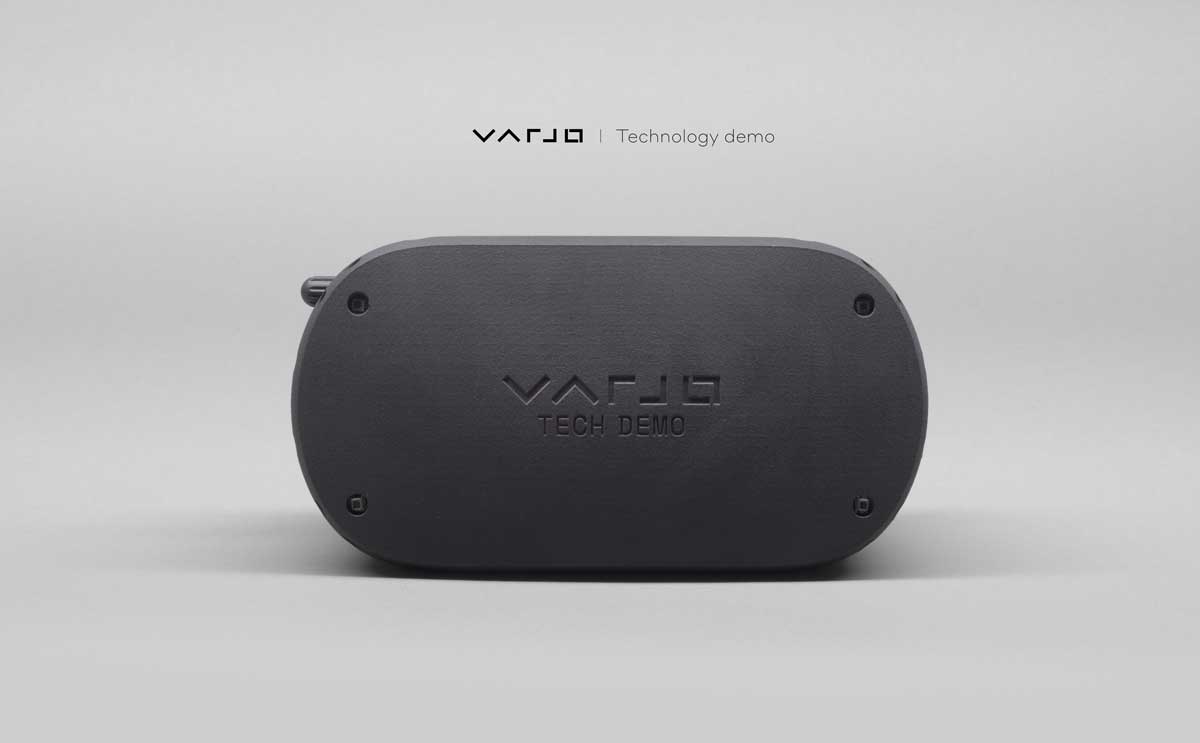Virtual reality, or VR, has been big news recently, and Steven Spielberg has given us a glimpse into a possible future with his blockbuster movie Ready Player One. This is a world of pure imagination (as Willy Wonka would have it), where you can be who you want and do what you want, regardless of whomever you happen to be in the real world.

Photo by Maurizio Pesce, CC BY 2.0
You can tell straight away that this a futuristic adventure because of the sheer quality of the VR headsets and the visual world they create. There is no stomach churning lag or latency with the IOI headsets used to access the OASIS, and the graphics are lifelike and crisp across the entire field of view.
The film is set 27 years in the future, but how close are we to that kind of quality? Finnish company, Varjo, says we’re a lot closer than your smartphone-based system would have you believe. They have recently been demonstrating a VR headset that they claim offers fifty times better resolution than most other VR headsets around today, while using 25% less computing power.
The secret of the Varjo VR headsets lies in mimicking how the eyes work, using a technique called foveated rendering. Creating the whole field of view in high definition would use an unmanageable amount of computing power and would be a complete waste of time, simply because we don’t focus on our entire field of view. Although human beings can see an arc of over 200 degrees without moving our heads, we only actually focus on a small area in front of us.

Varjo’s VR headset works in the same way as the human eye, which has most of the colour-sensitive cones concentrated in the centre of the retina, called the fovea. We don’t waste cones on our peripheral vision, for which detecting movement is far more important than perceiving colour. By tracking eye movement, the Varjo headset only needs to render the small area you are directly looking at in high definition and can leave the rest much less focused.
At between $6,000 and $12,000 a pair, Varjo is not aiming at the gaming market any time soon, although the Unreal and Unity gaming platforms are involved in the development process. The goal of the new technology is industrial, with applications ranging everywhere from pilot training to car design. Audi and BMW have already shown an interest, as have aircraft companies Saab and Airbus.

Photo by ESA CC BY-SA 3.0 IGO
With virtual reality, designers will no longer need to scrape away at clay models. They will be able to step inside a virtual world and see how their new model drives or flies. “Fully-functional cockpit simulators can cost around €10m,” says Varjo founder and chief executive Urho Konttori. “Using our system could bring the total cost of training to around €100,000.”
It may be a while before this level of technology drips down to the gaming industry and becomes affordable to us all, but many believe that Spielberg has gotten it about right and that virtual reality is the future of everything from internet shopping to online casinos. PokerStars are already paving the way by using the devices as entertainment at their championship tournament in Monte Carlo later this month, and many experts believe that adding the immersive element to online gaming will give the industry a significant boost.
For now, though, most of us will just have to put up with low-definition graphics and head-swimming nausea if we move too quickly. VR technology may be fun, but it isn’t quite ready for ‘player one’ just yet.
